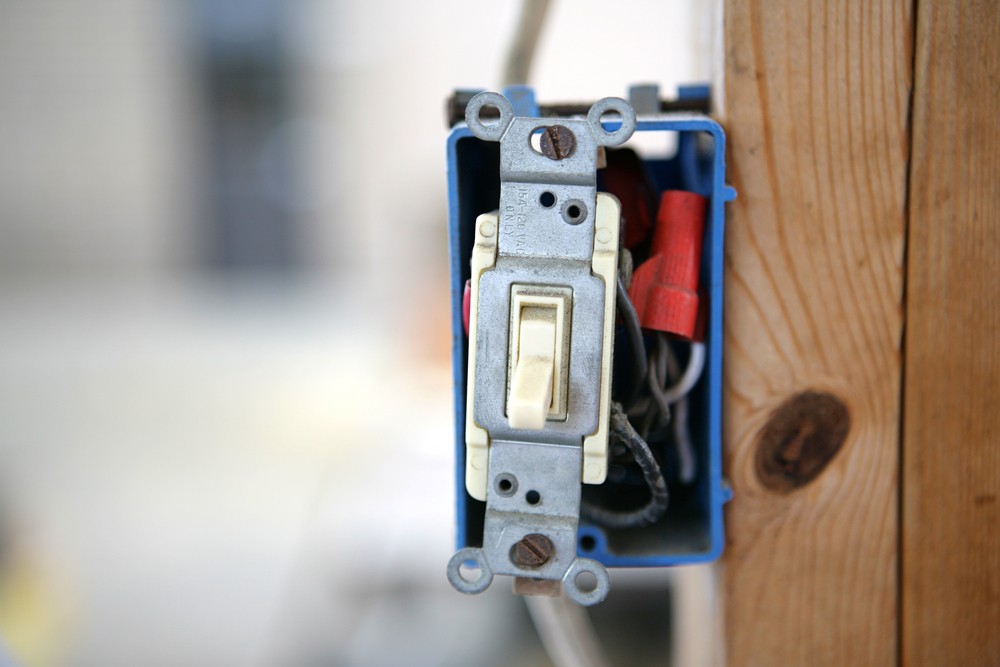An electrical switch is a fundamental component in any electrical circuit, a switch is an electrical device which is used to break or make the electric circuit. It plays a crucial role in controlling lighting, appliances, and various electrical systems in homes, offices, and industrial settings. Understanding the different types of electrical switches is essential for creating safe and efficient electrical systems.
Importance of Electrical Switches
Electrical switches play a pivotal role in modern society by providing a seamless and efficient means of controlling electrical power. Imagine a world without switches – where every time you wanted to turn on a light or operate an appliance, you had to physically disconnect or connect wires. This inconvenience highlights the immense importance of switches in our daily lives. Beyond convenience, switches contribute to safety, energy efficiency, and the overall functionality of electrical systems. They empower us to manage the flow of electricity with ease, preventing electrical overload, minimizing the wasting of energy, and reducing the risk of electrical accidents. Whether it's the basic on/off operation of a single-pole switch or the sophisticated control offered by smart switches, these devices are the unsung heroes that enable us to harness the power of electricity while maintaining a secure and manageable environment.
How Electrical Switches Work
Electrical switches operate on a fundamental principle that underpins their functionality – the manipulation of an electrical circuit to either allow or inhibit the flow of electric current. This ingenious mechanism serves as the cornerstone of modern electrical control, enabling us to effortlessly manage the operation of various devices and systems.
Imagine an electrical circuit as a pathway for electrons to travel, akin to water flowing through a pipe. At the heart of this circuit lies a source of electrical energy, such as a power generator or a battery. This energy source provides the necessary voltage to propel electrons through the circuit. However, for this flow of electrons to be harnessed and directed, a switch is essential.
When an electrical switch is in the "on" position, it acts as a gateway, enabling electrons to traverse a continuous path from the energy source to the intended destination, also known as the load. In this state, the switch creates what is referred to as a "closed circuit." Much like a drawbridge connecting two banks of a river, the closed circuit facilitates the unimpeded flow of traffic or in this case, electric current. This allows devices to be powered, lights to illuminate, and systems to operate seamlessly.
Conversely, when the switch is toggled to the "off" position, it carries out a pivotal role in the interruption of the circuit. By doing so, it effectively severs the pathway for electrons to travel, creating what is known as an "open circuit." This interruption halts the flow of electric current, akin to raising a drawbridge to stop the flow of traffic. As a result, devices cease to operate, lights extinguish, and the system comes to a standstill.
This seemingly straightforward, yet ingeniously designed, mechanism is at the heart of all electrical switch operations. Whether it's the flip of a single-pole switch controlling a bedside lamp or the manipulation of a complex array of switches managing an industrial process, the principle remains the same – the control of electrical current through the artful management of circuits.
There are many different types of switches. Based on their size, robustness, environmental resistance, and other characteristics, they are divided into switches for industrial equipment and switches for consumer and commercial devices.
1. Single-Pole Switch
The single-pole switch is the most common type of switch used in residential settings. They are used to control one circuit and offer a regular off and on function for things like light fixtures. It features a straightforward design, with a single set of contacts that either connect or disconnect the circuit. Single-pole switches are typically used to control a single light fixture or device from a single location.
2. Double-Pole Switch
Double-pole switches are typically used in applications where higher voltage or current levels are involved as they are designed to handle higher voltage and amperage levels compared to single-pole switches. They feature two sets of contacts that simultaneously open or close two separate circuits. These switches are commonly used for controlling heavy-duty appliances, such as water heaters or air conditioning units.
3. Three-Way Switch
Three-way switches are commonly used to control one light fixture from two different locations. They work in conjunction with another three-way switch that allow users to turn the light on or off from either location. These switches are frequently used for staircase lighting or long hallways.
4. Four-Way Switch
Four-way switches are used to control lighting from three or more locations. Four-way switches are used in combination with 3-way switches. There are four terminals that provide two sets of toggle positions on a 4-way switch. Each set of terminals is one of the toggle positions. This configuration is commonly used in larger rooms or areas with multiple access points.
5. Dimmer Switch
A dimmer switch is a light switch that allows the user to control the amount of wattage that is flowing to the bulbs that are connected to it. This option allows the connected light(s) to gradually increase in brightness, from very dim to full illumination and back, with a single sliding control. Dimmer switches not only offer enhanced ambiance but also contribute to energy savings.
6. Smart Switches
In the era of smart technology, smart switches have gained popularity for their ability to be remotely controlled using smartphones or voice commands. Smart switches are essentially upgraded versions of traditional light switches. These switches often feature wireless connectivity, enabling users to monitor and control their lighting and devices remotely. They can also be integrated into home automation systems for increased convenience and energy efficiency.
Importance of Electrical Testing and Safety
At Mark Thomas and Associates, we recognize the critical significance of electrical switches and their role in creating functional, safe, and energy-efficient environments. With a focus on precision and quality, MTA specializes in electrical testing services in California that ensures your building's electrical infrastructure meets the highest standards of safety and compliance. Our experienced professionals utilize advanced techniques to assess the integrity of switches and other components, identifying potential risks and ensuring optimal performance. We take pride in contributing to the well-being of occupants and the longevity of electrical systems. Whether you're seeking to install new switches, upgrade to smart technology, or ensure your building is up to code, MTA is your trusted partner.
Contact us today to ensure your electrical systems are operating at their best. Your safety is our priority, and we are committed to delivering excellence in every aspect of electrical engineering.

